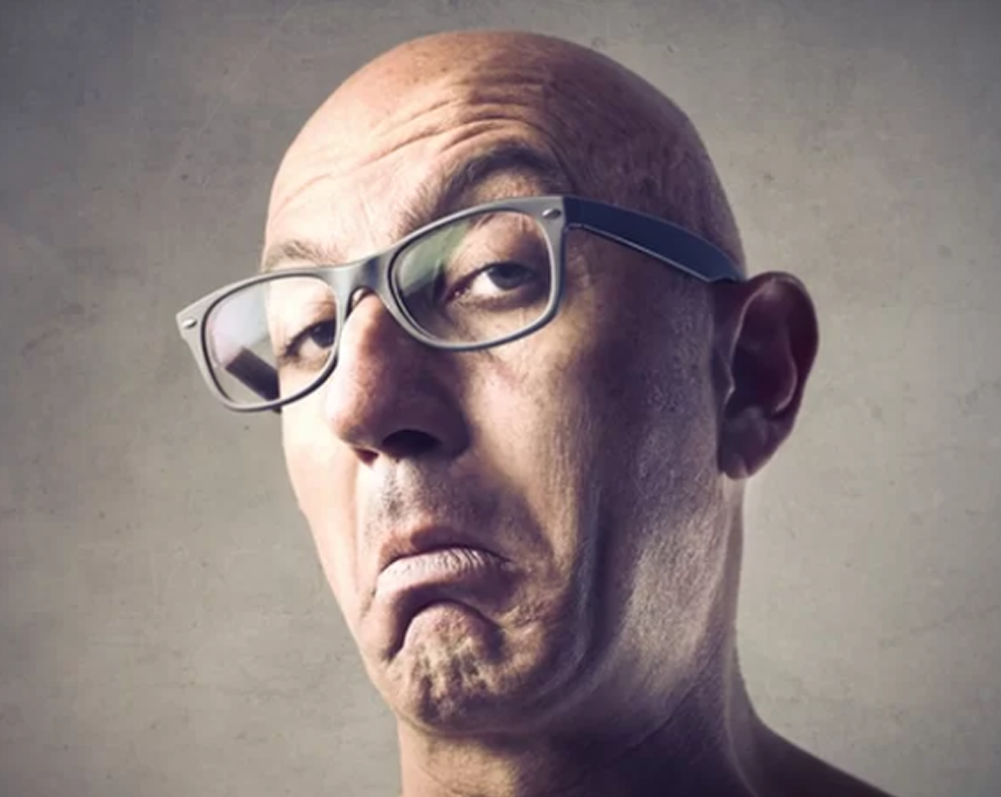It's with heavy heart that I realize that it's all come down to this:
chiropractic depicted as a bad soap-opera marriage.
What is more upsetting is that this article is penned by some of the best, brightest and most-published of our chiropractic researchers. I love these folks!
That said, I'd like to challenge some of their assumptions. Chiropractic is not a marriage between chiropractors. At best, it's a Family.
And families interact. I just might marry your sister, for example.
Now you may not like me, or you may not like our marriage. But that's a personal problem.
The word Evidence has taken on a sacred-cow glow lately, and is only eclipsed by the adoption of the word skeptic by every Tom, Dick and Harry blog-opinionist on the planet. So, let's set the stage for the conversation.
This article dishes up several reasons why (as they call themselves) the 'evidence-friendly' faction are opposed to the 'traditional' group.
Here's a short list of the infractions that are practiced by the 'traditionalists'
-
They ‘believe’ in “subluxations”
-
Some of them ‘believe’ that you can find “subluxations” on x-rays
-
Some of them ‘believe’ that correcting “subluxations” leads to improved health

So let's address these concerns, one at a time.
Read more now.










